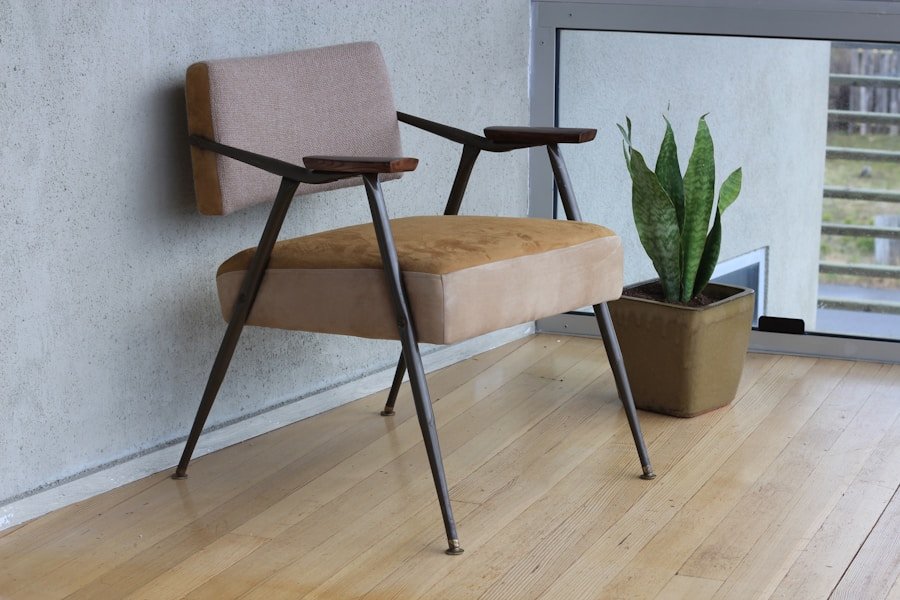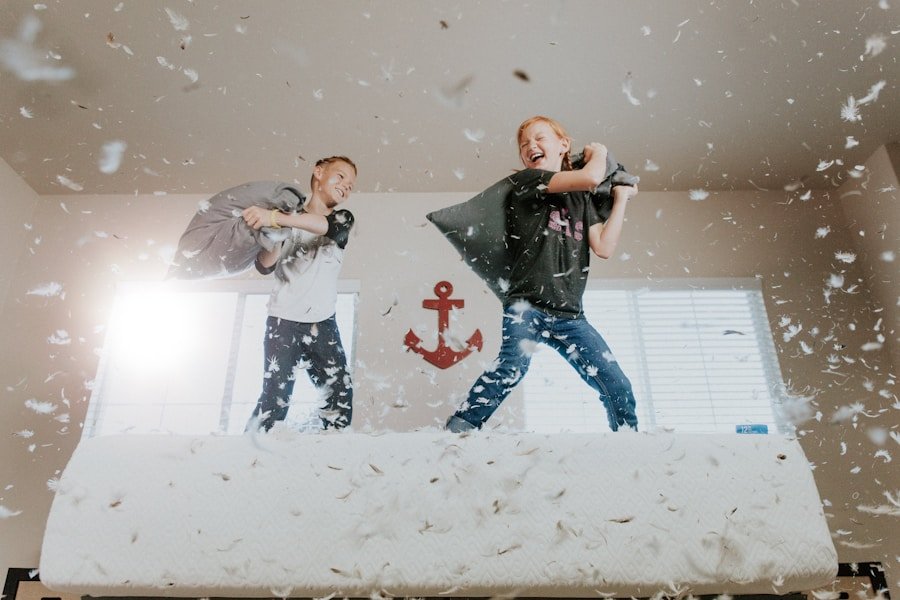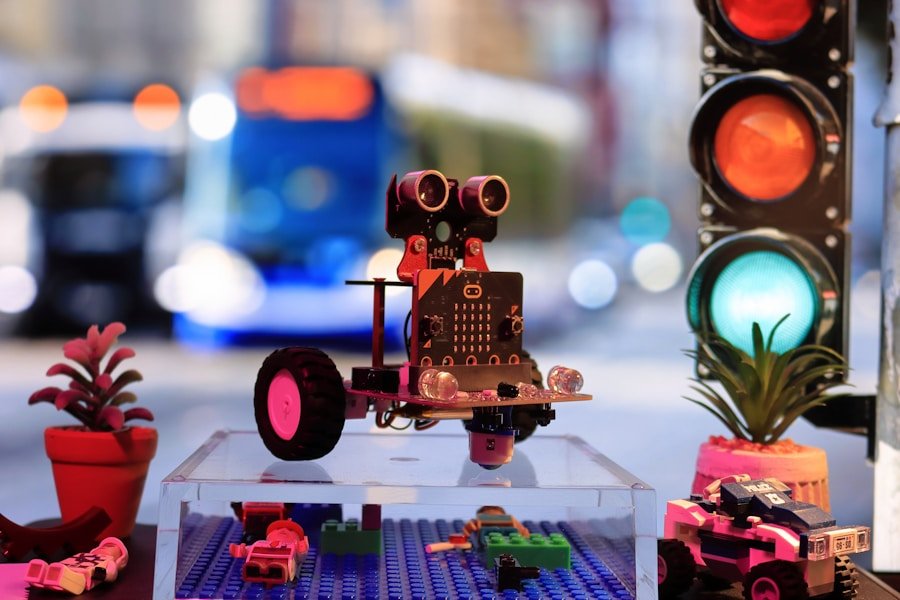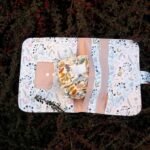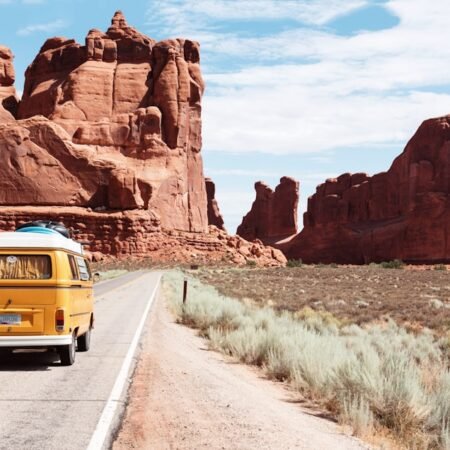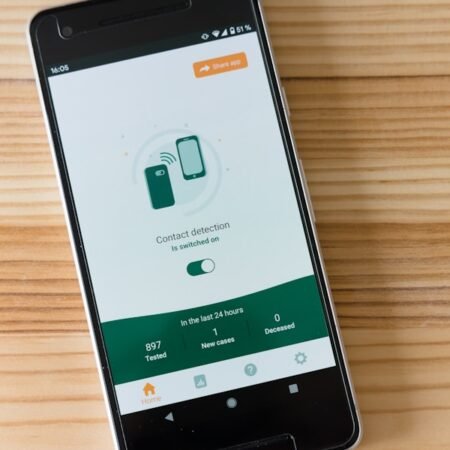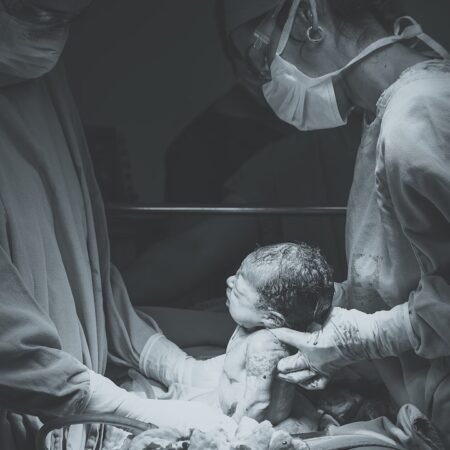As infants transition into toddlers, their requirements and capabilities undergo rapid transformation. It is crucial to comprehend these changes to provide the appropriate equipment for your child. Toddlers are becoming increasingly independent and curious, necessitating gear that facilitates exploration, learning, and safety.
They are also refining their motor skills, making equipment that promotes movement and coordination essential. Furthermore, toddlers are developing their individual preferences and personalities, so it is vital to select gear that reflects their interests and fosters their uniqueness. Toddlers have distinct physical and cognitive needs that must be considered when choosing equipment.
For instance, they require gear that supports their growing bodies and aids in developing strength and coordination. Additionally, they need equipment that stimulates their minds, encouraging learning, creativity, and cognitive growth. Recognizing these needs enables you to select the ideal equipment for your toddler, ensuring they have everything necessary to flourish during this critical stage of development.
Key Takeaways
- Understand the needs of your growing toddler to make a smooth transition from baby gear to toddler gear.
- Choose the right toddler gear that suits your child’s developmental stage and activities.
- Follow tips for transitioning from baby gear to toddler gear, such as gradually introducing new items and involving your child in the process.
- Prioritize safety considerations when upgrading baby gear to ensure your toddler’s well-being.
- Organize and store baby gear for future use or consider budget-friendly options for transitioning to toddler gear.
Choosing the Right Toddler Gear for Your Child
Considering Your Child’s Needs and Interests
First and foremost, you’ll want to think about your child’s specific needs and interests. For example, if your toddler loves to climb and explore, you may want to invest in a climbing structure or playset for your backyard. If your child is more interested in imaginative play, you might consider purchasing a play kitchen or dress-up clothes. By considering your child’s unique personality and preferences, you can choose gear that will not only meet their needs but also bring them joy and excitement.
Safety First
Another important factor to consider when choosing toddler gear is safety. Toddlers are naturally curious and adventurous, so it’s crucial to choose gear that is designed with their safety in mind. Look for gear that is sturdy and well-constructed, with no sharp edges or small parts that could pose a choking hazard. You’ll also want to make sure that any gear you choose is age-appropriate and meets all safety standards.
Peace of Mind for Parents
Taking the time to carefully consider the safety of the gear you choose will give you peace of mind and help keep your toddler safe as they play and explore. By choosing gear that meets your child’s needs and prioritizes their safety, you can create a fun and engaging play environment that allows your toddler to thrive.
Tips for Transitioning from Baby Gear to Toddler Gear
Transitioning from baby gear to toddler gear can be an exciting but challenging process. To make the transition as smooth as possible, it’s important to take your time and carefully consider the needs of your growing child. One helpful tip for transitioning is to gradually introduce new gear as your child shows interest and readiness.
For example, if your toddler is starting to show an interest in art and creativity, you might start by introducing a small art table or easel before investing in a larger art station. This gradual approach allows your child to become familiar with new gear at their own pace, making the transition less overwhelming for them. Another helpful tip for transitioning from baby gear to toddler gear is to involve your child in the process.
Allow them to help choose new gear or set up their new play area. This not only gives them a sense of ownership over their new belongings but also helps them feel more comfortable with the transition. Additionally, involving your child in the process can help you better understand their interests and preferences, allowing you to choose gear that truly meets their needs.
Transitioning from baby gear to toddler gear can be an exciting but challenging process. To make the transition as smooth as possible, it’s important to take your time and carefully consider the needs of your growing child. One helpful tip for transitioning is to gradually introduce new gear as your child shows interest and readiness.
For example, if your toddler is starting to show an interest in art and creativity, you might start by introducing a small art table or easel before investing in a larger art station. This gradual approach allows your child to become familiar with new gear at their own pace, making the transition less overwhelming for them. Another helpful tip for transitioning from baby gear to toddler gear is to involve your child in the process.
Allow them to help choose new gear or set up their new play area. This not only gives them a sense of ownership over their new belongings but also helps them feel more comfortable with the transition. Additionally, involving your child in the process can help you better understand their interests and preferences, allowing you to choose gear that truly meets their needs.
Safety Considerations When Upgrading Baby Gear
| Transition Stage | Key Metrics |
|---|---|
| Age | 12-18 months |
| Weight Limit | Up to 40 lbs |
| Height Limit | Up to 40 inches |
| Product Types | Toddler car seat, convertible stroller, toddler bed |
| Safety Features | 5-point harness, impact protection, sturdy construction |
| Functionality | Adjustable straps, easy fold mechanism, transition to booster seat |
When upgrading from baby gear to toddler gear, it’s important to consider safety as a top priority. Toddlers are naturally curious and energetic, so it’s crucial to choose gear that will keep them safe as they play and explore. One important safety consideration is choosing gear that is age-appropriate for your child.
This means selecting items that are designed specifically for toddlers and are suitable for their size, strength, and abilities. Another important safety consideration when upgrading baby gear is ensuring that all new items meet current safety standards. Look for products that have been tested and approved by reputable safety organizations, such as the Juvenile Products Manufacturers Association (JPMA) or the Consumer Product Safety Commission (CPSC).
Additionally, be sure to carefully read all product labels and instructions to ensure that you are using the gear correctly and safely. When upgrading from baby gear to toddler gear, it’s important to consider safety as a top priority. Toddlers are naturally curious and energetic, so it’s crucial to choose gear that will keep them safe as they play and explore.
One important safety consideration is choosing gear that is age-appropriate for your child. This means selecting items that are designed specifically for toddlers and are suitable for their size, strength, and abilities. Another important safety consideration when upgrading baby gear is ensuring that all new items meet current safety standards.
Look for products that have been tested and approved by reputable safety organizations, such as the Juvenile Products Manufacturers Association (JPMA) or the Consumer Product Safety Commission (CPSC). Additionally, be sure to carefully read all product labels and instructions to ensure that you are using the gear correctly and safely.
Organizing and Storing Baby Gear for Future Use
As you transition from baby gear to toddler gear, you may find yourself with a surplus of items that your child has outgrown. Instead of getting rid of these items, consider organizing and storing them for future use. One helpful tip for organizing baby gear is to sort items by category, such as clothing, toys, and furniture.
This will make it easier to find specific items when you need them in the future. When it comes to storing baby gear, it’s important to choose storage solutions that will keep items clean, dry, and protected from damage. Consider investing in plastic storage bins or vacuum-sealed bags to keep clothing and soft items safe from moisture and pests.
For larger items such as cribs or high chairs, consider disassembling them if possible to save space and prevent damage during storage. As you transition from baby gear to toddler gear, you may find yourself with a surplus of items that your child has outgrown. Instead of getting rid of these items, consider organizing and storing them for future use.
One helpful tip for organizing baby gear is to sort items by category, such as clothing, toys, and furniture. This will make it easier to find specific items when you need them in the future. When it comes to storing baby gear, it’s important to choose storage solutions that will keep items clean, dry, and protected from damage.
Consider investing in plastic storage bins or vacuum-sealed bags to keep clothing and soft items safe from moisture and pests. For larger items such as cribs or high chairs, consider disassembling them if possible to save space and prevent damage during storage.
Budget-Friendly Options for Transitioning to Toddler Gear
Shopping Secondhand
Many consignment stores or online marketplaces offer gently used toddler items at a fraction of the cost of new ones. This is a great way to save money on toddler gear while still providing your child with everything they need.
DIY Projects
Another budget-friendly option for transitioning to toddler gear is DIY projects. With a little creativity and some basic crafting skills, you can repurpose old baby items into new toddler-friendly gear. For example, an old crib can be transformed into a desk or play table with some simple modifications.
Thinking Outside the Box
By thinking outside the box and getting creative, you can save money while still providing your toddler with everything they need. With a little bit of imagination, you can turn old baby gear into new toddler gear, reducing waste and saving your wallet.
Embracing the Milestones of Toddlerhood with the Right Gear
As your child grows from a baby into a toddler, it’s important to embrace each new milestone with the right gear. Whether it’s learning how to walk, talk, or express themselves creatively, having the right tools and equipment can make all the difference in supporting their development. For example, a sturdy push toy can help support your toddler as they take their first steps, while a set of building blocks can encourage creativity and problem-solving skills.
It’s also important to remember that every child develops at their own pace, so it’s essential to choose gear that allows them room for growth and exploration at their own speed. By providing the right gear at each stage of development, you can help your child build confidence, independence, and a love for learning. As your child grows from a baby into a toddler, it’s important to embrace each new milestone with the right gear.
Whether it’s learning how to walk, talk, or express themselves creatively, having the right tools and equipment can make all the difference in supporting their development. For example, a sturdy push toy can help support your toddler as they take their first steps, while a set of building blocks can encourage creativity and problem-solving skills. It’s also important to remember that every child develops at their own pace, so it’s essential to choose gear that allows them room for growth and exploration at their own speed.
By providing the right gear at each stage of development, you can help your child build confidence, independence, and a love for learning. In conclusion, Transitioning from baby gear to toddler gear is an exciting time for both parents and children alike. By understanding the needs of a growing toddler and choosing the right gear for your child, you can ensure that they have everything they need to thrive during this important stage of development.
Tips for transitioning from baby gear to toddler gear include gradually introducing new items and involving your child in the process. Safety considerations when upgrading baby gear are crucial for keeping your toddler safe as they play and explore. Organizing and storing baby gear for future use can help save money in the long run while budget-friendly options such as shopping secondhand or DIY projects can make transitioning more affordable.
Embracing the milestones of toddlerhood with the right gear is essential for supporting your child’s development at each stage. By providing the right tools at each milestone of development, you can help your child build confidence, independence, and a love for learning throughout their early years.
FAQs
What is the difference between baby gear and toddler gear?
Baby gear is designed for infants and typically includes items such as strollers, car seats, and cribs. Toddler gear, on the other hand, is designed for children who are walking and may include items such as toddler beds, booster seats, and tricycles.
When should I start transitioning from baby gear to toddler gear?
The transition from baby gear to toddler gear typically begins around the age of 1 year old, when children start to become more mobile and independent. However, the timing may vary for each child, so it’s important to consider your child’s individual development and needs.
What are some essential toddler gear items to consider?
Some essential toddler gear items to consider include a toddler bed, a booster seat for meal times, a potty training seat, a tricycle or balance bike, and toddler-friendly tableware and utensils.
How can I safely transition my child to toddler gear?
To safely transition your child to toddler gear, it’s important to carefully consider their developmental stage and needs. Make sure to follow the manufacturer’s guidelines for each new item, and always supervise your child when using new gear to ensure their safety.
What are some tips for making the transition from baby gear to toddler gear smoother?
To make the transition smoother, consider gradually introducing new toddler gear items and allowing your child to become familiar with them before fully replacing their baby gear. Additionally, involve your child in the process by letting them choose certain items, such as their new toddler bed or booster seat.



